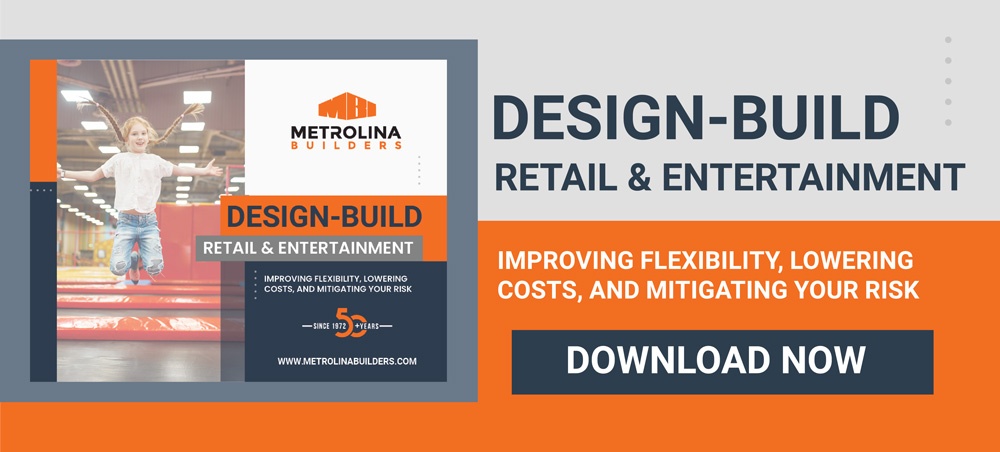In the world of commercial real estate, two project delivery methods dominate the landscape: Design-Build and Design-Bid-Build, the traditional approach to building.
In today’s article, we highlight the core differences between the two methods, analyze why Design-Build is quickly becoming the go-to choice for the Florida commercial real estate market, and reveal the benefits of being both a Design Builder and a General Contractor.
Let’s dive in.
Design-Build: A Unified, Value-Driven Approach for the Industrial Sector
Design-Build is a method that combines the design and building processes into a single entity. This makes for a more efficient and effective process. This plan is especially helpful in the commercial real estate world, where delivering on time, keeping costs low, and creating safe environments are among the most important things you can do.
To learn more about the design-build process, let’s look at a few of the benefits that are unique to the project delivery method.
Enhanced Collaboration
Design-Build fosters an environment where the owner/developer, architect, and contractor collaborate from the project's early stages. This cohesive effort often gives birth to innovative and cost-effective solutions.
Single Point of Responsibility
Design-Build assigns a single point of contact, reducing the potential for miscommunication, conflicts, and delays. The design and construction teams are part of the same entity, ensuring accountability and streamlined decision-making throughout the entire project.
Faster Project Delivery
Design-Build projects typically boast faster completion times compared to Traditional Construction. The contractor's early involvement allows for concurrent design and construction, eliminating potential bottlenecks and optimizing the project timeline.
Cost Savings
The integrated approach of Design-Build often leads to substantial cost savings. The collaboration between the design and construction teams enables value engineering, where innovative solutions are implemented to optimize project costs without sacrificing quality.
Traditional Construction: Limitations and Drawbacks
Traditional Construction, also known as Design-Bid-Build, follows a sequential process where the design phase is completed before the construction phase begins. While it may appear familiar, this approach carries inherent limitations within the context of commercial real estate.
Potential Lack of Collaboration
Traditional Construction can often lead to gaps in collaboration between the design and construction teams. With separate entities responsible for each phase, communication issues and conflicts may arise, leading to delays, rework, and inflated costs.
Longer Project Duration
The sequential nature of Traditional Construction often results in longer project durations compared to Design-Build. The linear progression from design to construction can cause significant delays, especially if design alterations or revisions become necessary.
Change Orders and Cost Overruns
In Traditional Construction, change orders due to design revisions or unforeseen issues during the construction phase are common. These changes can lead to additional costs and potential budget overruns if not managed effectively.
Limited Value Engineering Opportunities
Value engineering may be constrained in Traditional Construction. Since the construction team is not involved during the design phase, opportunities to optimize costs and introduce innovative solutions may be missed.
Design-Build: A Clear Winner for Commercial Real Estate
When it comes to commercial real estate, opting for Design-Build over Design-Bid-Build has significant benefits. At MBI, we pride ourselves on our dual expertise as both a Design-Builder and a General Contractor. This unique combination equips us with the ability to seamlessly integrate design and construction processes, maximizing value for our clients.
Ultimately, commercial developers should carefully evaluate the project requirements, timeline, budget, and desired level of collaboration. Choosing the right path — one that combines expertise, integrity, and the relentless pursuit of excellence in every aspect of the project — is pivotal.
At MBI, we are equipped and ready to help you build a legacy that lasts generations. To learn more, simply contact us today.
